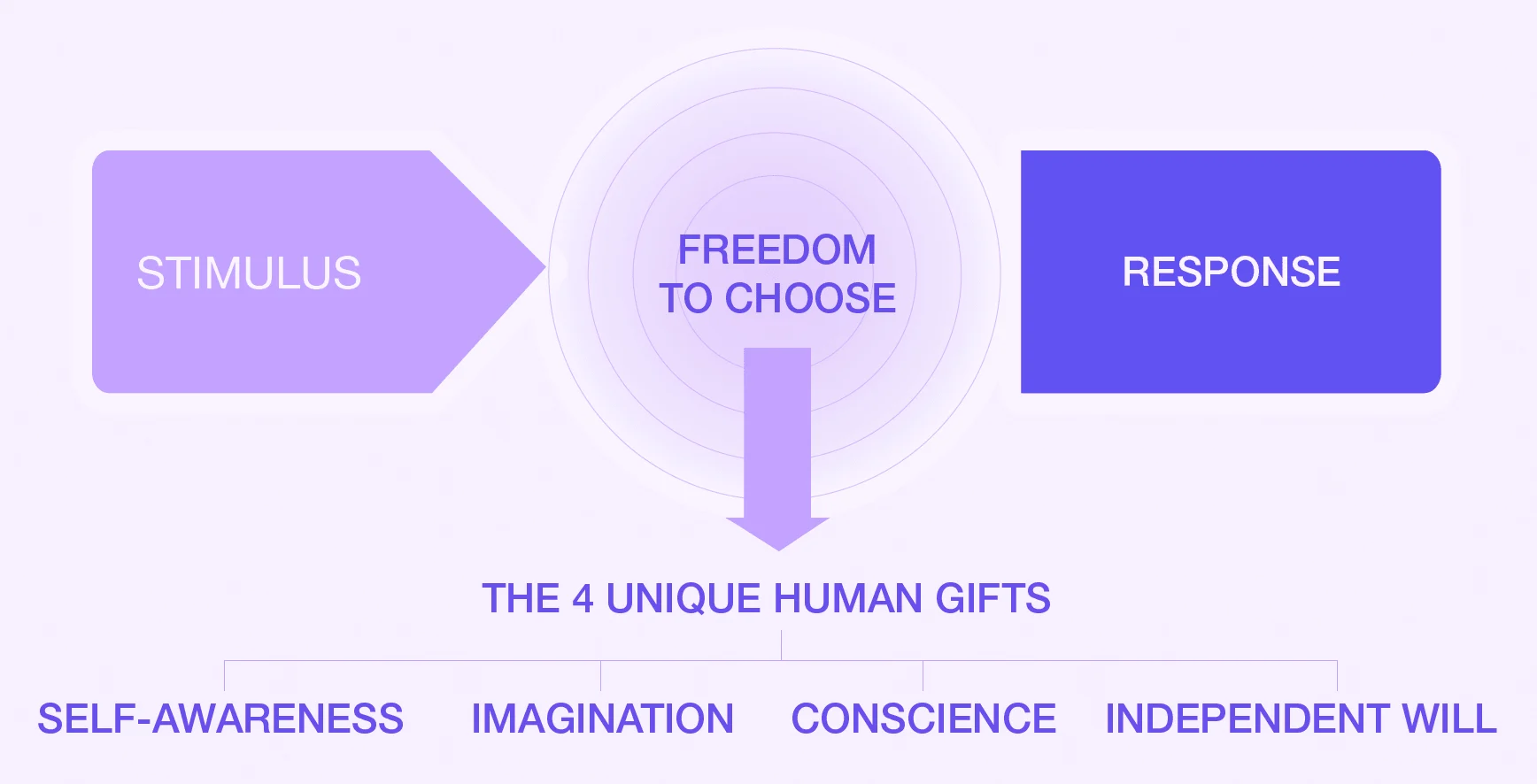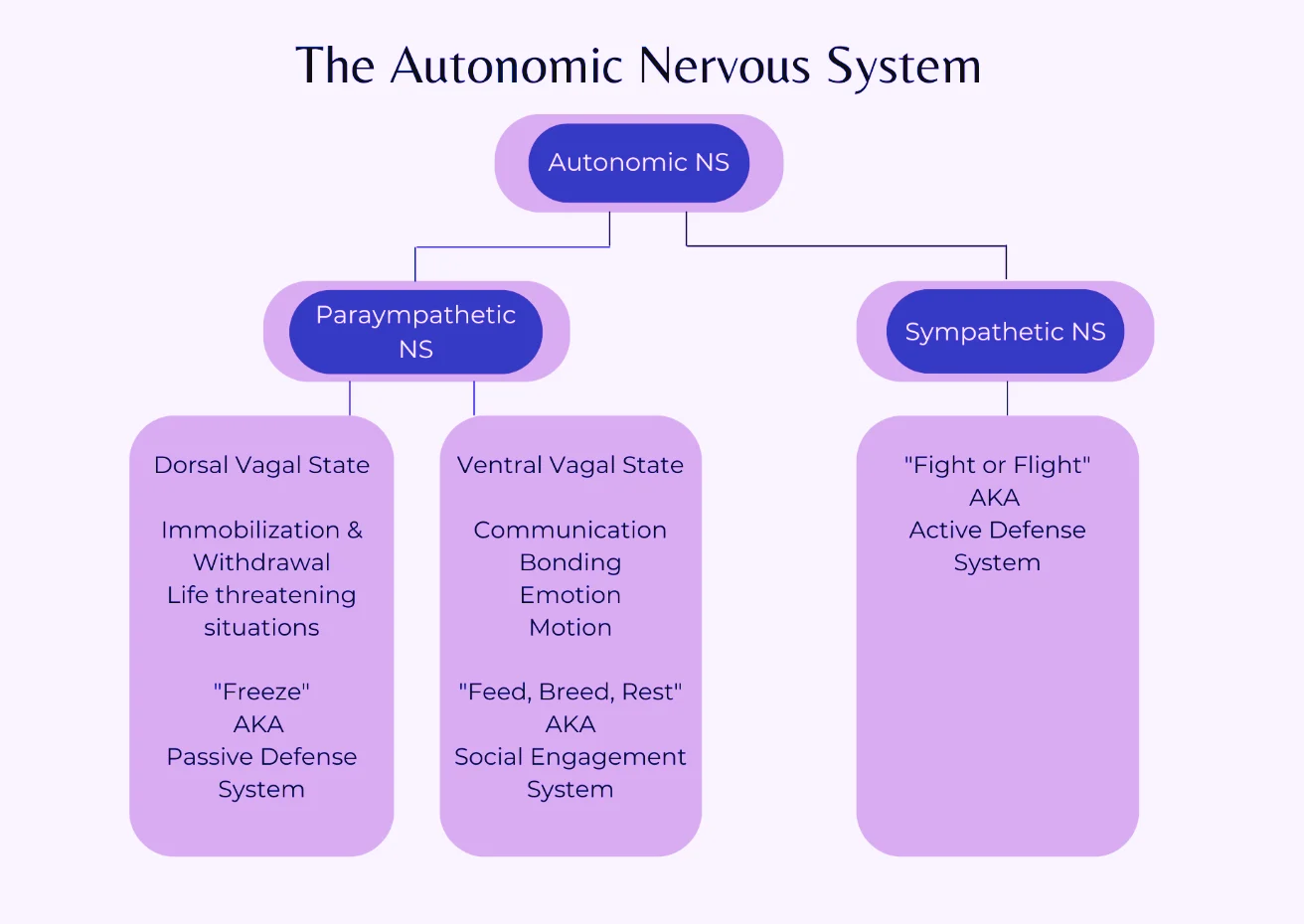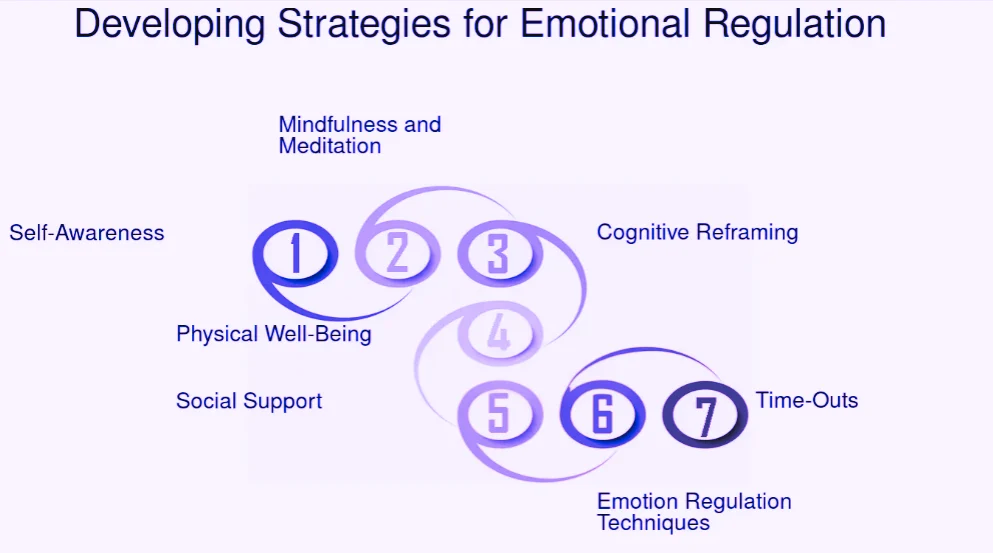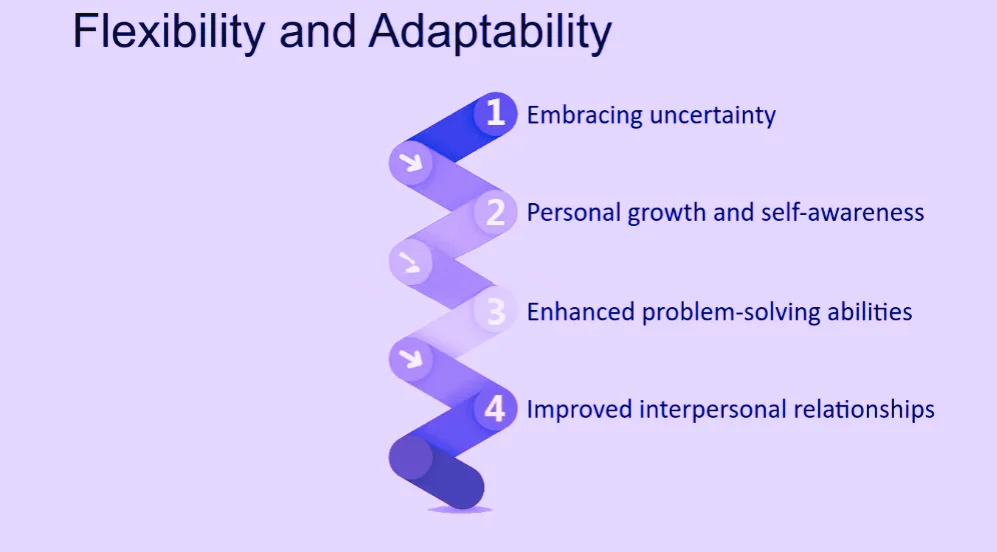Nerd Alert: Milestone Science
We are nerds when it comes to understanding the young adult brain and implementation of experience:
“Recent advances in neuroscience and psychological research have introduced new terminology and insights into how the brain and body work. However, rather than rendering older therapeutic models obsolete, these findings prove the Milestone system way of life. The science supports pioneering approaches such as Rational Emotive Behavior Therapy within the Milestone program that we have championed for decades. In reality, the current science is giving us updated language and biological frameworks to support what we have observed and practiced; that our beliefs, interpretations, and habits of thought significantly shape our emotional and behavioral responses. By integrating these modern discoveries into time-tested methods such as REBT, we’re not replacing an old system with a new one; we are affirming and scientifically proving that our milestone model was ahead of its time. And it’s not just the science but the design and implementation from decades of experience. We believe that we are the best and love what we do.
The “Gap” Between Stimulus and Response:
Rational Emotive Behavior Therapy (REBT), developed by Albert Ellis, taught that it is not events themselves (the “stimulus”) that cause our distress, but rather our beliefs about these events that lead to our emotional and behavioral “response.” Mindfulness-based approaches—such as those used at Milestone—expand the gap between what happens to us and how we react, enabling us to:
- Notice sensations or triggers (internal and external)
- Identify automatic beliefs
- Introduce a pause where we can choose a healthier, more rational response
The latest research supports and aligns with our model by highlighting a “pivot” between our sympathetic (alert) and parasympathetic (calm) nervous system states. When we are aware of how our body and brain are responding, we can more effectively decide how to respond. This “pivot” point is what REBT is designed to expand: the gap where we gain awareness and shift our beliefs or interpretations.


The Autonomic Nervous System and Irrational Beliefs
REBT holds that irrational or unhelpful beliefs often drive heightened emotional states (e.g., anxiety, anger, or depression). Similarly, the most up to date research supports how dysregulation of the autonomic nervous system can fuel panic, rage, or shutdown responses that are disproportionate to the real-world threat:
Examples:
- Anger or temper tantrums– arise from a misalignment of the “pivot” (the communication between higher-level decision-making and the alarm system), leading to disproportionate anger.
- Test anxiety– becomes debilitating when we experience a fight-or-flight response for a situation that is not actually life-threatening.
- Tech addiction– can develop when a misalignment of the “pivot” drives compulsive seeking of dopamine from electronic devices. Instead of pausing to assess whether continued screen use is beneficial or necessary, we remain locked in a cycle of immediate gratification, leading to neglect of real-world responsibilities.
- Social fears– (e.g., social anxiety) can become crippling when the “pivot” misreads normal social interactions as threatening. We may feel a surge of panic in everyday settings, causing avoidance of social events, difficulty meeting new people, or excessive worry about being judged.
- Failure to launch– scenarios often stem from a persistent misalignment in which the alarm system is over-activated in response to everyday adult challenges (job applications, bills, problem-solving). Rather than engaging with these tasks calmly, individuals may shut down or procrastinate, perceiving the demands of independence as insurmountable threats.
From a Milestone perspective, these disproportionate reactions are driven by entrenched beliefs (e.g., “I must not fail,” “I can’t handle this stress,” “I’m in danger”), which keep the body locked in a fight, flight, or freeze response. By learning to identify and dispute these faulty beliefs, we shift our physiological and emotional responses.
Mindfulness as the “Pivot” Regulator
The most recent research points to the left dorsolateral prefrontal cortex (dlPFC) as an area of the brain that helps us voluntarily adjust our levels of alertness and calmness. The research highlights the role of the insula in reading and interpreting bodily signals, then relaying them to our conscious awareness.
Mindfulness—central to Milestone’s approach—strengthens the connection between the insula and the dlPFC. This means we become more adept at:
- Sensing: what is happening in the body (e.g., tension, racing heart, shallow breathing, sweating, pit in stomach)
- Labeling: those sensations in a nonjudgmental way (“I notice I’m feeling anxious,” rather than “I am worthless because I’m anxious”)
- Responding: calmly and intentionally to those signals instead of automatically reacting
In simple terms, Milestone supports the process of identifying and disputing irrational beliefs; it supports the skills necessary for emotional calmness and psychological picture to do the cognitive work of reevaluating our interpretations. Over time new neuropathways are developed and eventually become the new way of dealing with the everyday stressors of life.


Fostering Choice, Flexibility, and Adaptability
A central tenet of REBT in the Milestone program is that flexibility in thinking leads to healthier emotions and behaviors. The prefrontal cortex is a rule-setting structure that is also flexible, which helps us decide which rules to apply in various contexts.
- We can view a test as a manageable challenge rather than a do-or-die crisis.
- We can recognize that a traffic jam is inconvenient but not worth escalating into rage.
- We can push through day-to-day stress by seeing that a feeling of dread or hopelessness doesn’t match the external reality.

